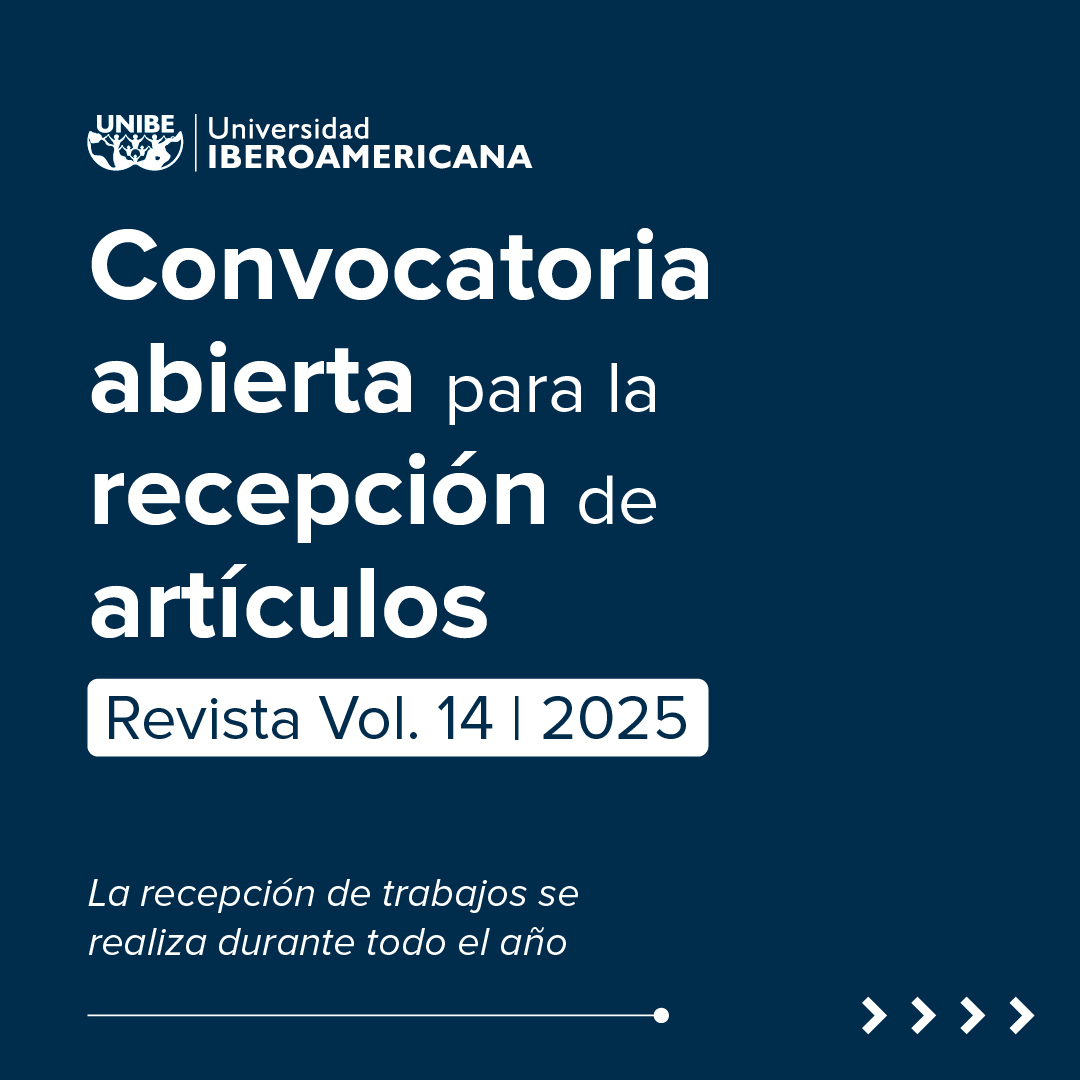Evaluation System
The published articles must be unpublished, scientifically rigorous, and in the thematic line of the journal. For publication, they will be submitted for consideration of the Editorial Committee and anonymous external evaluators through the double-blind peer review system.
The evaluators are researchers, professors, and experts of notable professional and academic trajectory who analyze and evaluate the papers according to the established criteria, make recommendations, and proceed to the approval or disapproval of the articles presented. Their identification is confidential and they do not receive monetary payments for their contributions to the editorial process.
The review process is carried out in two stages:
1. Preliminary Review by the Editorial Board: To determine the importance, relevance, and depth of the paper, if the manuscript corresponds to the editorial line, if it adheres to the Guidelines for Authors, and meets the general criteria for publication.
At this stage, a similarity check is performed using anti-plagiarism software. The journal will accept up to 20% similarity.
The result will be communicated to the corresponding author.
Editorial reasons for rejection of the preliminary review include:
-
- The manuscript does not correspond to the editorial line of the journal,
- It does not represent sufficient impact for the journal,
- Research ethics, and informed consent have been ignored
- It does not comply with the required structure,
- Outdated references, a high percentage of self-citations,
- Poor writing,
- Violation of publication ethics (plagiarism, redundant publication, ghost authors, submission to another journal at the same time).
2. Peer Review: At this stage, the manuscript will be evaluated by two experts in the field using the double-blind anonymous method and following the guidelines indicated by the journal. In case their decisions are contrary, the manuscript will be submitted to a second round of review with other peer reviewers.
Technical (peer review) reasons for rejection include:
-
- Incomplete data, sample size too small,
- Poor analysis: use of inadequate statistical tests, lack of statistics,
- Inappropriate methodology,
- Data does not answer the question posed,
- Inaccurate conclusions that are not supported by the data.
Based on the peer reviews, together with the Editorial Board's evaluation, the Assessment Opinion is made. The Editorial Board of the journal expects the authors to take reviewers' comments into account when revising for resubmission.
In case of discrepancy between reviewers, the manuscript will be submitted to a third reviewer.
The result of the evaluation may be:
- Accept for publication: the manuscript is publishable as is or with minimal corrections.
- Accept for publication: it is accepted when the author submits a new version of the manuscript with the changes and adjustments recommended by the reviewers. No new evaluation is required.
- The text is publishable with substantial changes and new evaluation. The author may resubmit his/her manuscript.
- The text is not publishable.
All decisions will be communicated by email exclusively to the corresponding author. If a paper is rejected, the reasons will be provided.
Once the contribution is accepted, a grammatical and style review, translation review, and bibliographic review are carried out.
The average time for the evaluation process is approximately 20 weeks.
Complete information on the editorial process can be found in the Guidelines for Authors.








